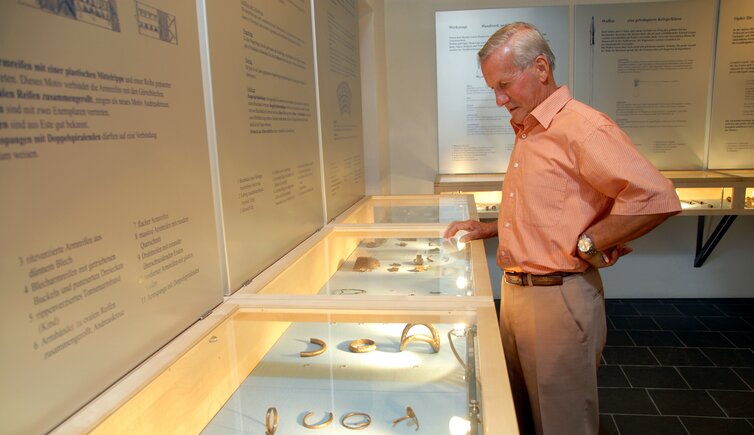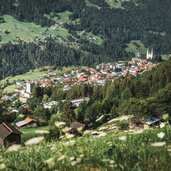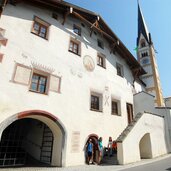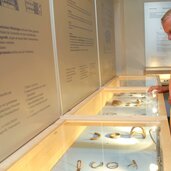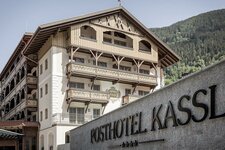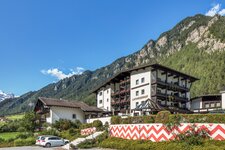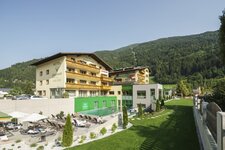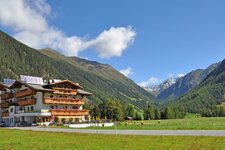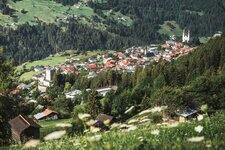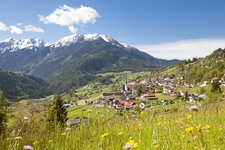The Archaeological Museum of Fliess and the Via Claudia Augusta Documentation Centre are next to each other
Image gallery: Archaeological Museum Fliess
The ancient rectory of Fliess is under monumental protection and is the oldest house of the village. Already first mentioned in 1360, on the building itself the date 1713 can be seen. The facade paintings from the 18th century show the Saints Joseph and Antonius as well as Our Lady of Perpetual Succour. In May 1994 the Archaeological Museum Fliess (Archäologisches Museum Fliess) opened here, a popular excursion destination for history lovers. It houses unique findings.
It is dedicated to the findings at the prehistoric sacrificial site at the Gachen Blick (weapons, jewellery and coins from 1,400 BC - 400 AD), to the Bronze Age find at the Moosbruckschrofen at the Piller Sattel (350 findings, the largest Bronze Age find of Europe) and the Bronze Age treasure from the Hallstatt age at Fliess (386 objects from the 6th and 7th century BC). One of the most interesting exhibits is the fragment of a crest helmet which is regarded as the oldest helmet of Europe. Also guided tours to the burnt offering site at the Gachen Blick are offered: In Bronze and Iron Age the Raeti moved there with their sacrificial animals to offer a sacrifice to the gods.
Next to the ancient Widum with the Archaeological Museum, a modern building which houses the Via Claudia Augusta Documentation Centre, is located. It tells the history about the Via Claudia Augusta and shows findings, which were made along the old Roman road in Tyrol as well as a copy of the "Tabula Peutingeriana", the only still preserved Roman road map. By the way: Did you know that the Via Claudia Augusta is the only Roman road across the Alps named after an emperor?
Contact info
- Fliess 89 - 6521 - Fliess
- +43 5449 20065
- museum@fliess.at
Opening times
In winter, it stays open only on request for guided tours for groups of 10 and more persons.
More information
The Museum Fliess stays open every year from early May to the end of October, in winter only for guided group tours. Season start 2025 on the 1st of May.
